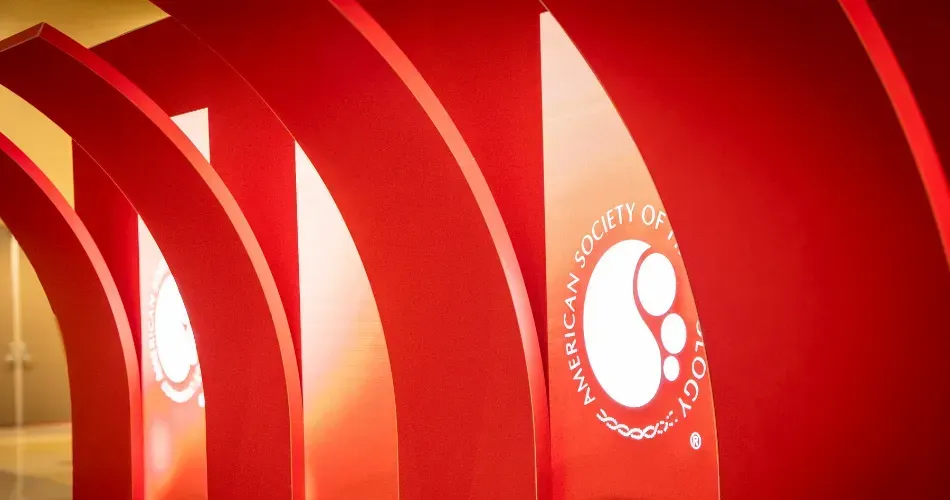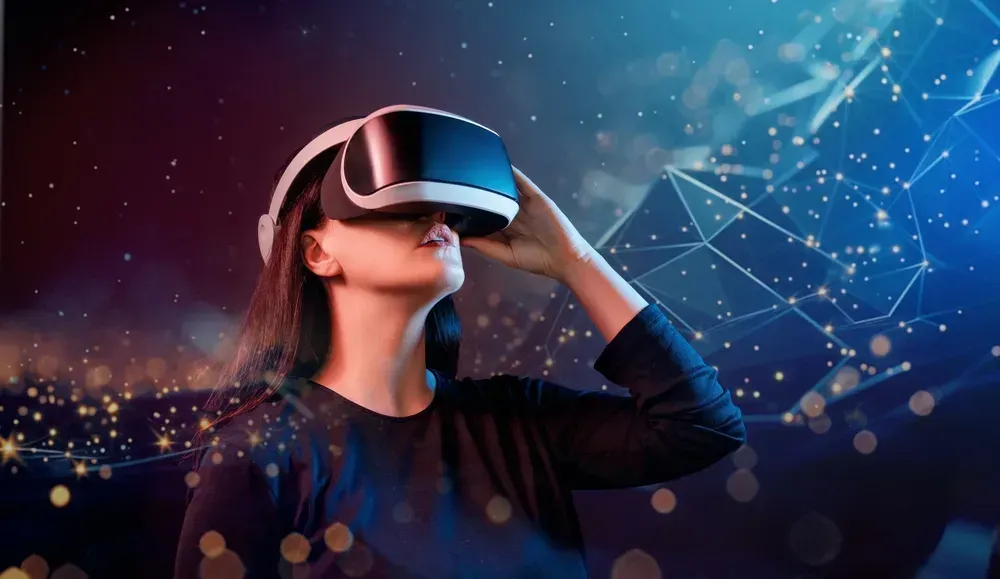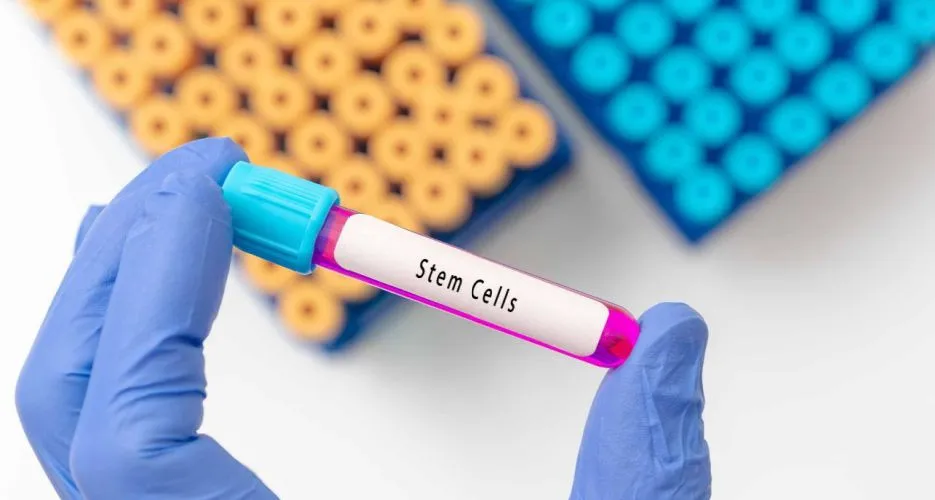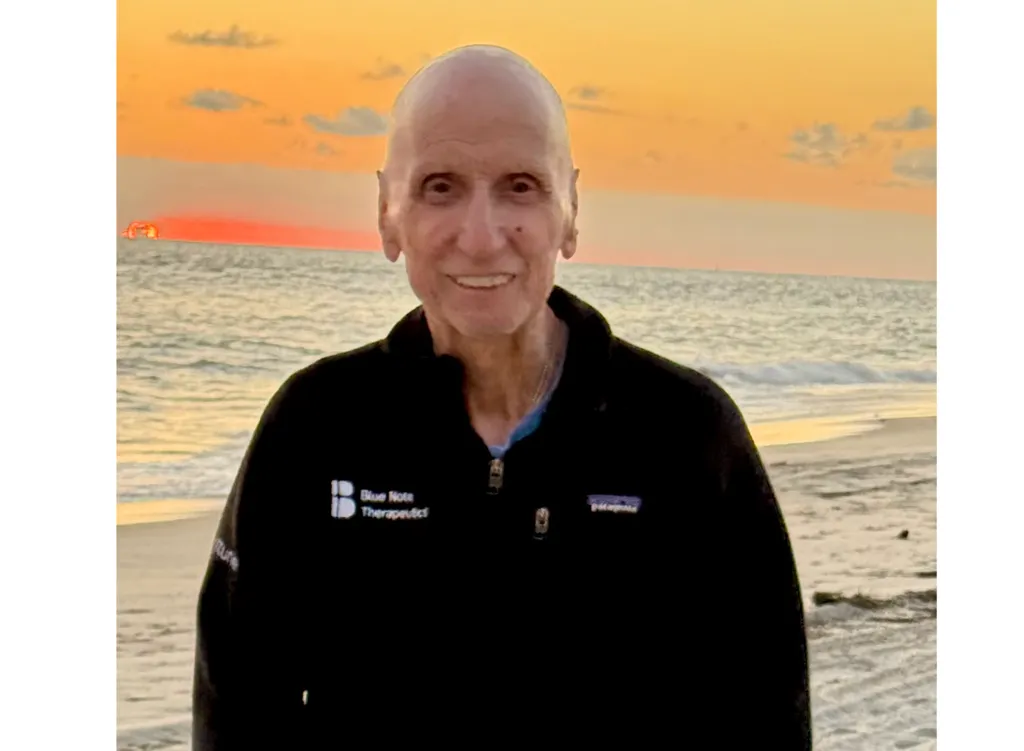Donor Age Proves to be an Important Factor for Half-Matched Allogeneic Bone Marrow Transplant Recipients
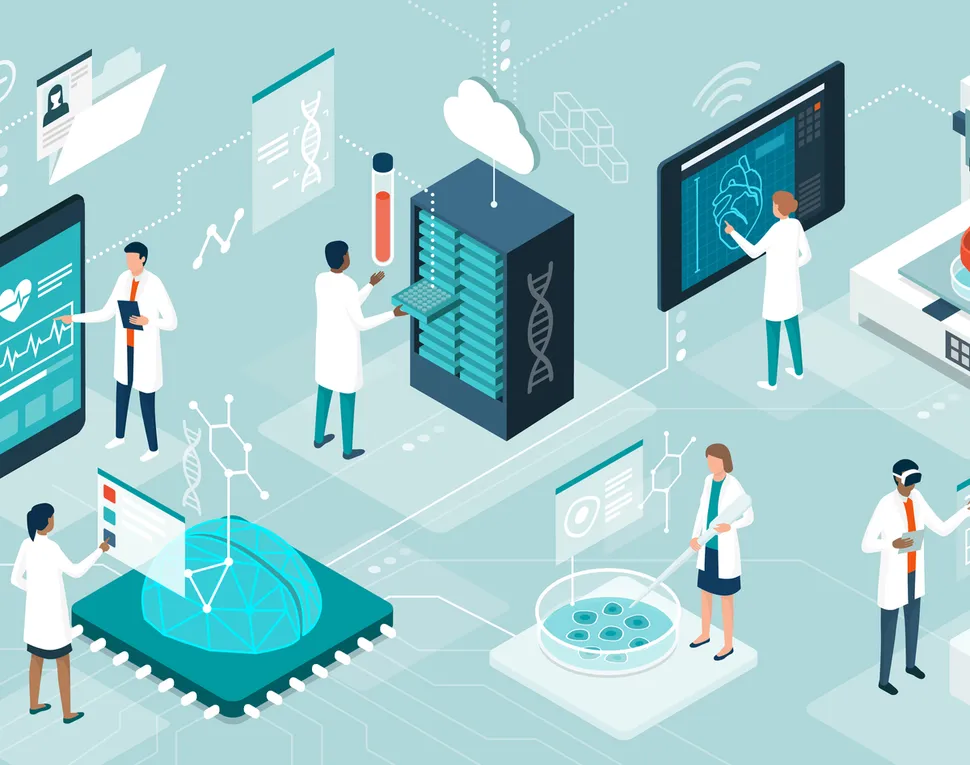
Using Half-Matched Donors When Matched Donors Are Not Available
Allogeneic bone marrow transplant has the potential to offer patients with acute myeloid leukemia (AML) a cure. There have been many improvements to transplants to make the procedure safer, better tolerated and more successful. These improvements include reduced-intensity conditioning regimens before transplant and newer graft-versus-host disease (GVHD) prevention. These improvements have made it to where almost every patient now has access to a donor. While the best outcomes often come from a matched donor, only 30% of people have a matched donor in their family. Without a match, doctors will then focus on finding a half-matched donor. This is called a haploidentical transplant, and can still be highly successful.
Half-matched donors may be siblings, parents, children, cousins, nieces, nephews, aunts, uncles, or grandchildren. A patient may end up with several family members who qualify to be a donor, and then the question becomes: who would make the best donor? After analyzing years of transplant data, researchers now have a good idea of how to pick the donor that will provide the patient with the most successful outcomes.
Recent Findings on Choosing a Donor
Researchers at Johns Hopkins analyzed data from 2002 to 2017 on 889 adult patients who underwent haploidentical alloBMT that was followed by cyclophosphamide, an anti-GVHD medication. They followed these patients for an average of 2.5 years after their transplant. They found that younger donors appear to be associated with improved outcomes for the patient. The use of older donors was associated with poorer overall survival and a higher likelihood of disease progression. They also found that older donors were associated with higher rates of acute GVHD for the patient. Because of these findings, the transplant team at Johns Hopkins now prioritizes the choice of the youngest adult-sized donor where feasible and medically appropriate when there are multiple half-matched donors to choose from. They state that their data strongly suggest that the youngest available adult-sized donors, usually a young sibling or even a second-degree relative (grandchild, niece, or nephew), should be preferred when multiple half-matched donors are available.
The table below summarizes the John Hopkins donor selection algorithm:
Donor Age for Half Matched Transplants Matter
Turns out, for half-matched allogeneic bone marrow transplant recipients, the old saying of “age ain’t nothing but a number” doesn’t apply this time. Age actually matters! According to the researchers, other than the degree of HLA match, donor age emerges as the most important donor characteristic affecting transplant outcomes in the Johns Hopkins study and in many others.
Using Half-Matched Donors When Matched Donors Are Not Available
Allogeneic bone marrow transplant has the potential to offer patients with acute myeloid leukemia (AML) a cure. There have been many improvements to transplants to make the procedure safer, better tolerated and more successful. These improvements include reduced-intensity conditioning regimens before transplant and newer graft-versus-host disease (GVHD) prevention. These improvements have made it to where almost every patient now has access to a donor. While the best outcomes often come from a matched donor, only 30% of people have a matched donor in their family. Without a match, doctors will then focus on finding a half-matched donor. This is called a haploidentical transplant, and can still be highly successful.
Half-matched donors may be siblings, parents, children, cousins, nieces, nephews, aunts, uncles, or grandchildren. A patient may end up with several family members who qualify to be a donor, and then the question becomes: who would make the best donor? After analyzing years of transplant data, researchers now have a good idea of how to pick the donor that will provide the patient with the most successful outcomes.
Recent Findings on Choosing a Donor
Researchers at Johns Hopkins analyzed data from 2002 to 2017 on 889 adult patients who underwent haploidentical alloBMT that was followed by cyclophosphamide, an anti-GVHD medication. They followed these patients for an average of 2.5 years after their transplant. They found that younger donors appear to be associated with improved outcomes for the patient. The use of older donors was associated with poorer overall survival and a higher likelihood of disease progression. They also found that older donors were associated with higher rates of acute GVHD for the patient. Because of these findings, the transplant team at Johns Hopkins now prioritizes the choice of the youngest adult-sized donor where feasible and medically appropriate when there are multiple half-matched donors to choose from. They state that their data strongly suggest that the youngest available adult-sized donors, usually a young sibling or even a second-degree relative (grandchild, niece, or nephew), should be preferred when multiple half-matched donors are available.
The table below summarizes the John Hopkins donor selection algorithm:
Donor Age for Half Matched Transplants Matter
Turns out, for half-matched allogeneic bone marrow transplant recipients, the old saying of “age ain’t nothing but a number” doesn’t apply this time. Age actually matters! According to the researchers, other than the degree of HLA match, donor age emerges as the most important donor characteristic affecting transplant outcomes in the Johns Hopkins study and in many others.

about the author
Katie Braswell
Katie joined HealthTree as the Community Director for AML in 2021 and became HealthTree's Director of Education in 2023. Katie is a registered dietitian who is passionate about health literacy and patient empowerment. She loves to cook, travel and spend time with her newborn son, husband and dog.
More on Treatment Advances
Trending Articles

Get the Latest Acute Myeloid Leukemia Updates, Delivered to You.
By subscribing to the HealthTree newsletter, you'll receive the latest research, treatment updates, and expert insights to help you navigate your health.
Together we care.
Together we cure.
3x Faster.
